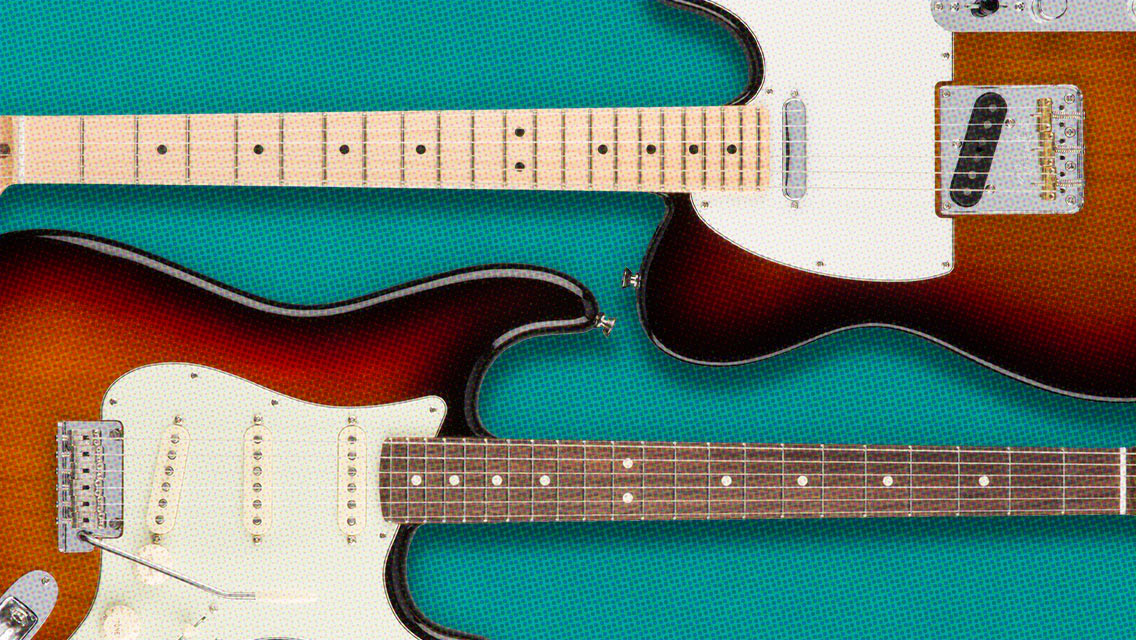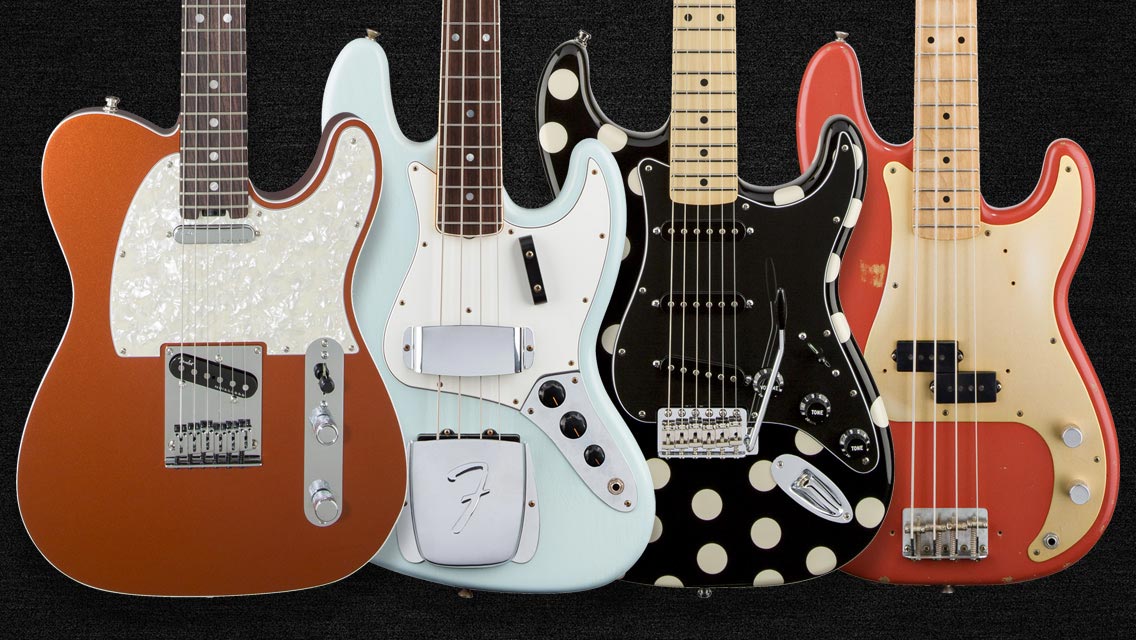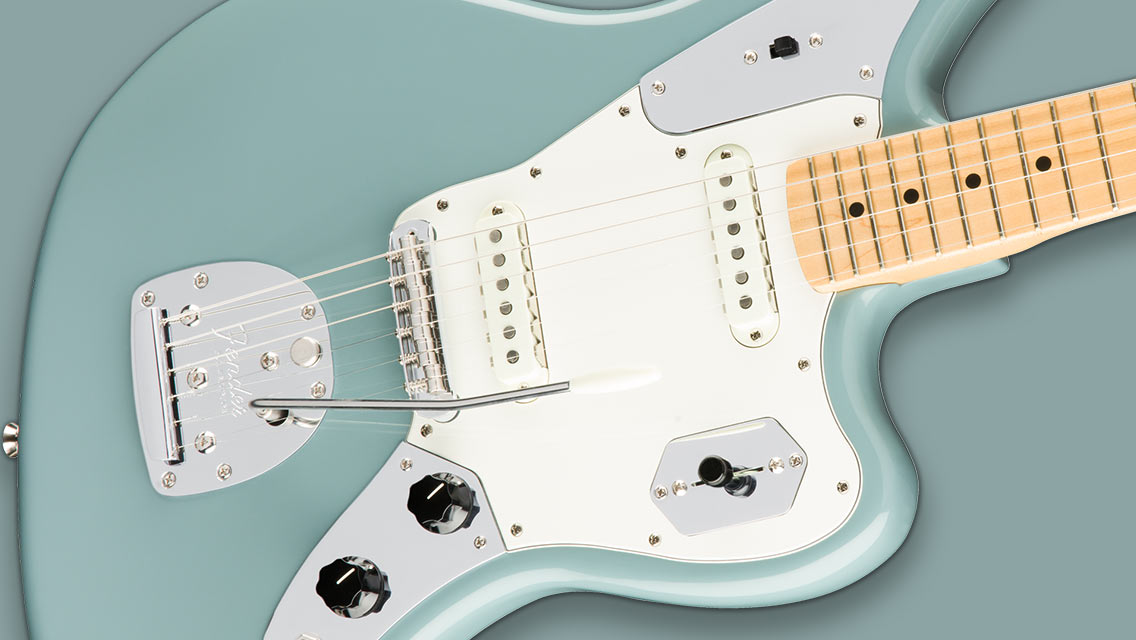2 Min ReadBy Mike Duffy
PCB or Hand-Wired: Which is Right for You?
Weighing the pros and cons of common amp building methods.

One item that has been the subject of countless debates over the years among amplifier fanatics is whether hand-wired, point-to-point construction is better than using mass-produced printed circuit boards.
The answer isn’t a simple yes or no, and really, it comes down to what is important to the player.
A true hand-wired amp means that you’re actually taking every single component and connecting it from one point to the next, with the capacitors and resistors wired directly to the tubes. In the 1950s, Leo Fender created what is known as a “tag board” with resistors and capacitators that can be wired by hand to the tubes and potentiometers.
There are many positives to each of these means of point-to-point amp construction (although there is a school of thought that believes proper point-to-point does not use a tag board).
For one, they are sturdy once the solder is applied. If some of the components do run awry, point-to-point amps are easier to service. All one would have to do should a resistor burns out, for example, is desolder the piece and adjust accordingly.
But hand-wired amps are also more expensive to make, considering the high level of skill to hand wire an amp correctly and the amount of labor.
“It takes eight times as long to wire a board by hand than it does with a printed circuit board,” said Fender Amplifiers Product Development Manager Rick Heins. “But some people believe there is a bit of magic in the fact that someone is touching each part of the amp, though.”
Properly designed, a printed circuit board can perform just as well as a point-to-point amp.
In this amp construction method, a board is printed with copper, portions of which are etched off, leaving tracks that connect the components. The components are then soldered to pads at the ends of the tracks.
Manufacturing amps this way is more consistent, efficient and cost-effective, as the process can be automated. On the other hand, printed circuit boards are more difficult to modify or service should an electrical component fail.
At the end of the day, it’s up to the player as to which works best for them, which means actually getting a feel for each type of circuitry.
"Tonally, I think that if you took the same values in the same resistors, it would be very hard to hear a difference," Heins said. "Generally, if someone asks if they will hear a sonic difference if they replace their PCB with a hand-wired board, I would say I don’t think most people could. Some people might disagree with me, but typically the areas where you hear the tonal difference immediately are the speaker, the tubes, whether preamp tubes or power tubes, and the transformer."
For a taste of both methods, Fender continues to offer point-to-point amps—like the '57 Custom Twin and the '57 Custom Pro—and PCB amps, such as the '68 Custom Twin Reverb and the Hot Rod Deluxe.
Don’t miss out!
Be the first to know about new products, featured content, exclusive offers and giveaways.


